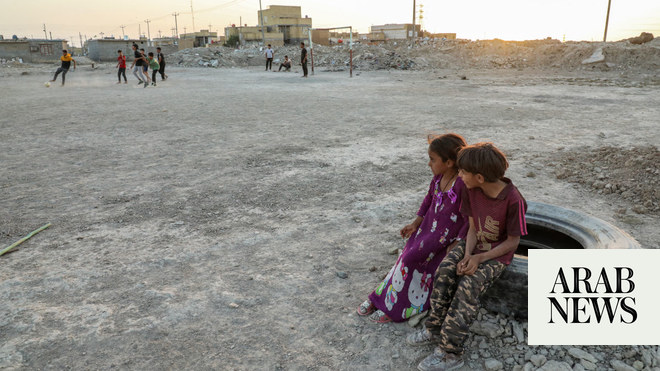
Nearly one in three children under five in the Ethiopian region of Tigray are malnourished and the UN said urgent action is needed to prevent them from dying.
According to a new emergency assessment carried out by the World Food Programme (WFP), 29% of very young children are suffering from global acute malnutrition (GAM). More than half of pregnant or breastfeeding woman are also malnourished.
Health officials consider malnutrition rates of 15% or over indicative of an emergency situation where the humanitarian needs are critical. In one area of Tigray, 65% of children under five were malnourished. In another, the proportion was 55%, with 16% suffering from the more serious severe acute malnutrition.
A malnourished child is estimated to be 12 times more likely to die than their well-nourished counterparts. The high level of malnutrition in Tigray “calls for urgent action to strengthen wasting treatment interventions [in the region] to prevent excess mortality due to malnutrition”, said the assessment, published on Friday.
Claire Nevill, a spokesperson for WFP in Ethiopia, said the figures were extremely worrying and likely to worsen as the UN faces a funding squeeze, partly as a result of the war in Ukraine. WFP’s funding to treat malnutrition across northern Ethiopia was “fast running out”, Nevill added.
The emergency food security assessment, the first conducted by WFP in Tigray this year, paints a worrying picture of a society struggling to recover from 21 months of war.
While there is currently an uneasy truce between Tigrayan forces and troops loyal to the prime minister, Abiy Ahmed, and some aid is getting in, the region is still facing restrictions on basic services such as communications and banking, the latter meaning that people do not have easy access to cash.
Supply chains with the rest of Ethiopia remain disrupted and the assessment found the price of staples such as sorghum and teff has “skyrocketed” since the start of the conflict in November 2020. Fuel is in very short supply.
As a result of these and other pressures, WFP said, 5.2 million people – nearly 90% of the population – are now deemed “food insecure”, an increase of six percentage points on the last assessment. Out of this, 2.4 million people (47%) are considered “severely food insecure”, which WFP defines as having “extreme food consumption gaps”.
For a famine to be declared in a certain part of the world, at least 20% of households must be facing an extreme lack of food, at least 30% of children suffering from acute malnutrition, and two people for every 10,000 a day dying “due to outright starvation or to the interaction of malnutrition and disease”.
Nevill said that although the malnutrition and food insecurity statistics for Tigray were deeply concerning there was no reliable data on mortality that would point to a famine declaration.
“We just don’t know,” she said. “But we do know that the next three months [before the autumn harvest] are critical, and if we don’t scale up our response and get this food into the hands of communities now as the lean season approaches, people will certainly move closer to the edge.”
Nevill said it was essential that the parties to the conflict maintained the access route into Tigray from the neighbouring Afar region, through which all humanitarian convoys have been passing since their resumption in April. However, she called for others to be opened up, too.
“After 21 months of interruption, the banking and communication services and utilities should be restored so that health services can be improved and regular economic trade with other regions can resume, including the trade of fuel. All of this is critical. We need to keep the humanitarian supplies flowing in over these critical next few months ahead of the main annual harvest in October. Otherwise things will deteriorate rapidly.”
The WFP assessment was carried out in Tigray in June and involved interviews with more than 3,000 families across the region, except in Western Tigray, which remains inaccessible.












